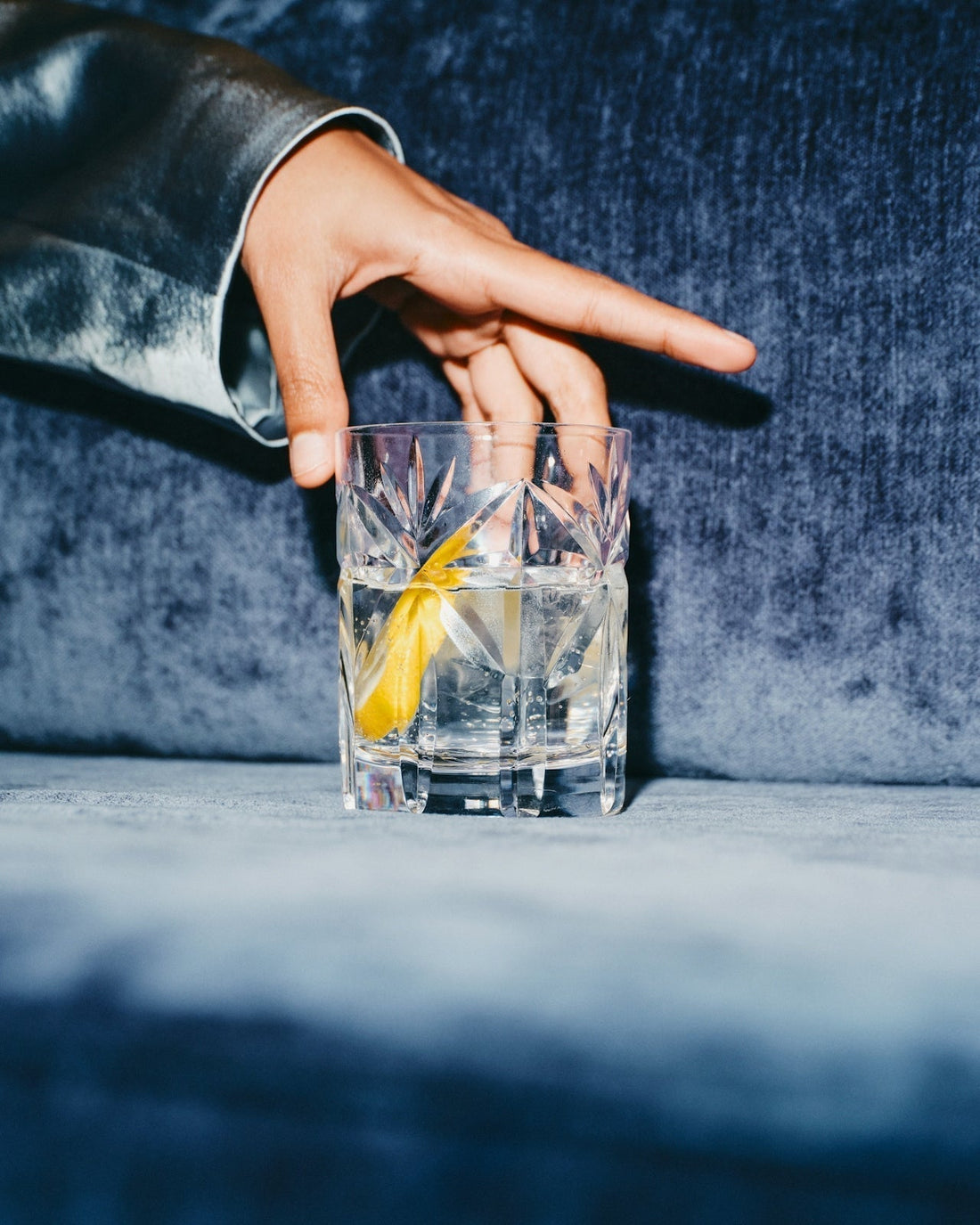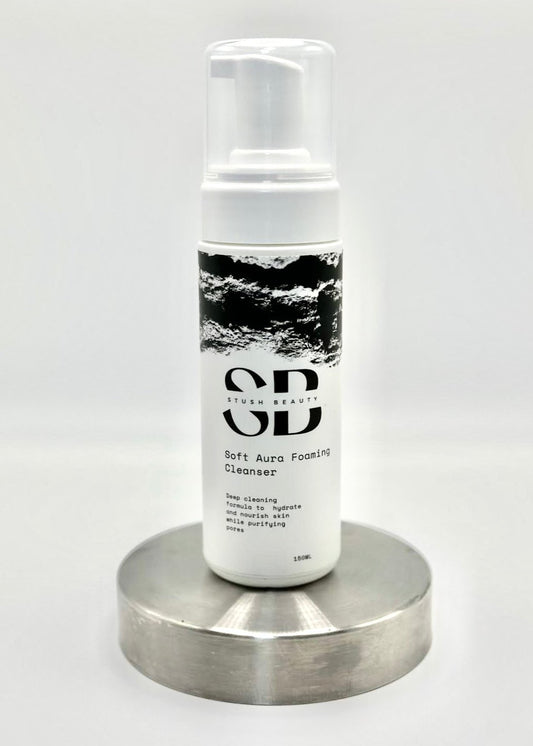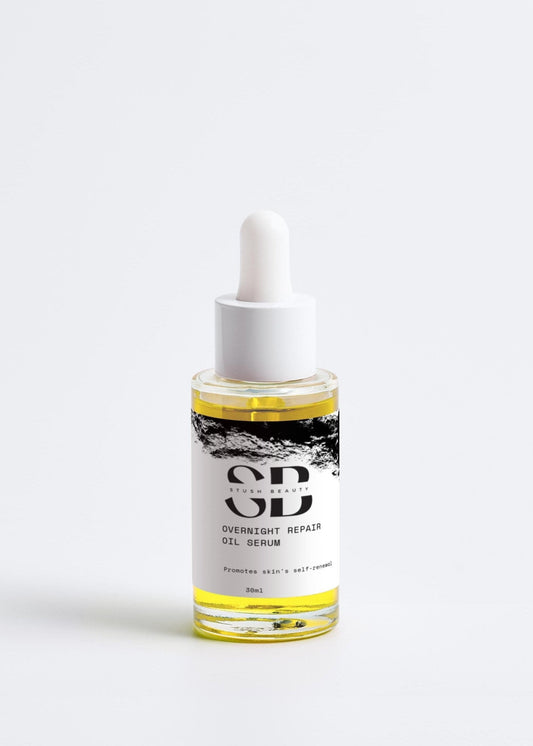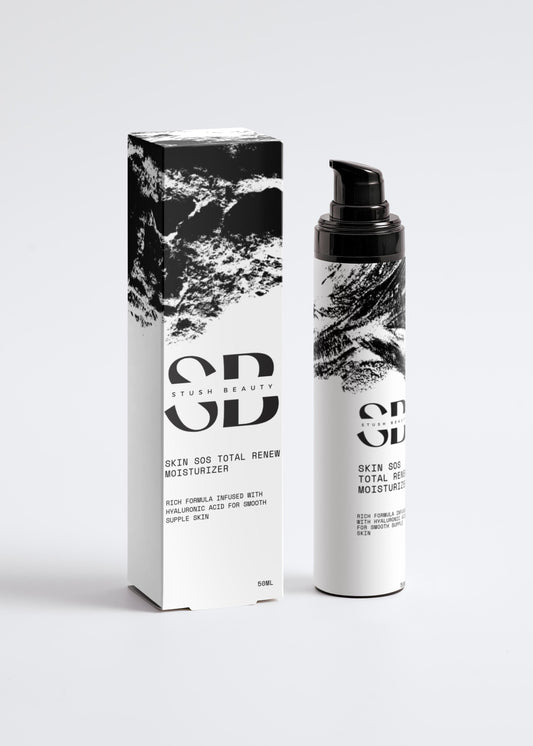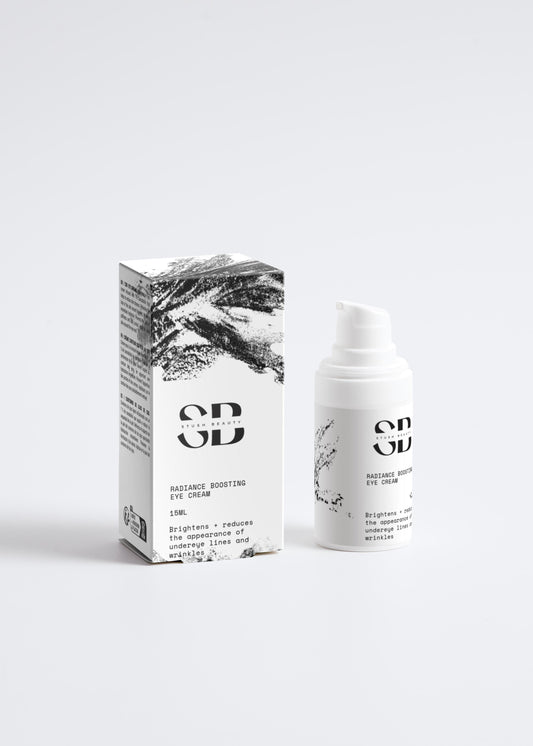Glowing skin isn’t an accident. It’s the result of a calm, hydrated barrier, thoughtful actives, and small seasonal tweaks you can keep up through busy work weeks and slow Sundays. The right ingredients pull water in, lock it in, and strengthen your skin so that radiance feels effortless—no matter your skin type or tone. Consider this your well-edited guide to humectants, emollients, occlusives, and glow-boosting actives, with melanin-inclusive tips, climate adjustments, and ritual-friendly product suggestions.
The Hydration-and-Glow Ingredient Playbook
The Hydration Trinity: Humectants, Emollients, Occlusives
Humectants attract and bind water in the outer layers of skin, reducing transepidermal water loss (TEWL) and softening fine lines caused by dehydration. Glycerin is the gold-standard humectant, supporting natural hydration channels in your skin. Hyaluronic acid, especially in multi-weight forms, offers layered hydration, while polyglutamic acid can boost moisture retention when applied over glycerin or HA. Panthenol draws water in while calming redness and supporting barrier repair. Saccharide isomerate is a sugar-derived, wash-resistant hydrator, and betaine helps skin balance water under stress. Urea at 2–10% functions as both a humectant and gentle exfoliant, and ectoin stabilizes proteins under stress while adding anti-pollution defense.
Emollients fill micro-gaps, smooth texture, and reduce roughness. Lightweight options like squalane and caprylic/capric triglycerides provide silky slip without greasiness, while shea butter and plant oils nourish dry or cold-weather skin. For acne-prone complexions, low-oleic oils are ideal.
Occlusives create a breathable seal to slow water evaporation. Petrolatum remains the benchmark for hydration retention, especially in slugging routines, while plant-based waxes such as rice bran or candelilla serve as natural alternatives.
Barrier Lipids for Resilience
Ceramides, cholesterol, and free fatty acids replenish the skin’s lipid matrix, helping it defend against dehydration, pollution, and irritation. Niacinamide, at 2–5%, boosts ceramide synthesis, regulates sebum, and improves skin tone.
Glow Actives That Play Nice With Hydration
Vitamin C brightens, supports collagen, and enhances SPF protection. Azelaic acid, at 10–15%, calms redness, smooths texture, and evens tone, making it ideal for PIH-prone skin. Gentle AHAs like lactic and mandelic acids offer hydrating exfoliation, and peptides support firmness when used consistently.
How to Layer for Maximum Payoff
Start thin and finish rich: humectants first, followed by emollients, then occlusives. Moisture sandwiching—applying moisturizer, then an active, then moisturizer again—locks in hydration, and skin flooding, or layering hydrating products on damp skin, provides deep comfort.
Real-Life Routine: Seasonally Smart, Melanin-Inclusive, Sustainable
By Skin Type:
For oily or combination skin, focus on humectants and niacinamide in gel creams, with spot occlusion as needed. Dry or dehydrated skin benefits from glycerin layered under ceramide creams, with targeted occlusives and 2–5% urea. Sensitive or reactive skin thrives with fragrance-free formulas containing panthenol, ectoin, and beta-glucan. Acne-prone skin should rely on non-comedogenic emollients, paired with azelaic acid, HA, and niacinamide. Melanin-rich skin should hydrate generously, avoid triggers that cause irritation, and combine SPF with niacinamide, azelaic acid, and vitamin C for brightening and PIH prevention.
Seasonal & Climate Adjustments:
In winter, switch to richer emollients, use a humidifier, and scale back exfoliation. During summer, choose lighter textures, oil-free SPF, and cleanse sweat promptly. In high-altitude or windy conditions, increase occlusives and buffer strong actives. Urban environments benefit from nightly cleansing paired with antioxidants and SPF.
Hormones, Diet, and Lifestyle:
Cycle-aware care can make a difference; for example, oilier skin in the late luteal phase may benefit from a BHA. During pregnancy or postpartum, stick to glycerin, HA, ceramides, niacinamide, and azelaic acid. Nutrition matters too—omega-3s, colorful produce, and steady hydration all support a healthy barrier. Sleep and stress management, paired with a barrier-first night routine, help maintain radiance.
Social Trends With a Derm’s Filter
Skin flooding is effective if sealed properly. Slugging works best on targeted areas and is less ideal for acne-prone zones. Glazed skin, or that soft luminous finish, comes from water-binding plus barrier lipids—results last longer when the barrier is healthy.
Clean & Sustainable Choices
Choose formulas with strong preservation but avoid irritants like MI/MCI if sensitive. Look for PFAS-free and microplastic-conscious products, and opt for airless pumps or recyclable packaging to reduce waste.
Simple Glow-First Routine
Morning: Cleanse with Soft Aura Foaming Cleanser, hydrate and brighten with a humectant serum and Niacinamide + B3 Gel Moisturizer, then protect with broad-spectrum SPF 30+.
Evening: Cleanse once or twice if wearing makeup or SPF, treat with azelaic acid, vitamin C, or a gentle AHA once weekly, and seal with Skin SOS Moisturizer. Add an occlusive layer if extra hydration is needed.
Weekly: Gently exfoliate once or twice, and use a hydrating mask during sensitive weeks to support the barrier.
The Stush Beauty Edit
Soft Aura Foaming Cleanser – $34.99

Niacinamide + B3 Gel Moisturizer – $54.99

Skin SOS Moisturizer – $48.99

A Calm Conclusion
The most radiant skin is well-watered, well-sealed, and well-protected. Build your routine around proven hydrators like glycerin, HA, and niacinamide; reinforce with ceramides and squalane; seal with occlusives when needed. Adjust with the seasons, keep irritants low, and protect daily with SPF.
Make it simple enough to repeat on your busiest days—because that’s how hydration turns into enduring glow.
